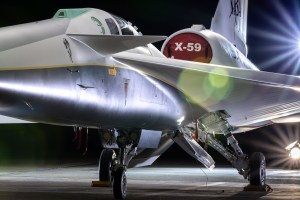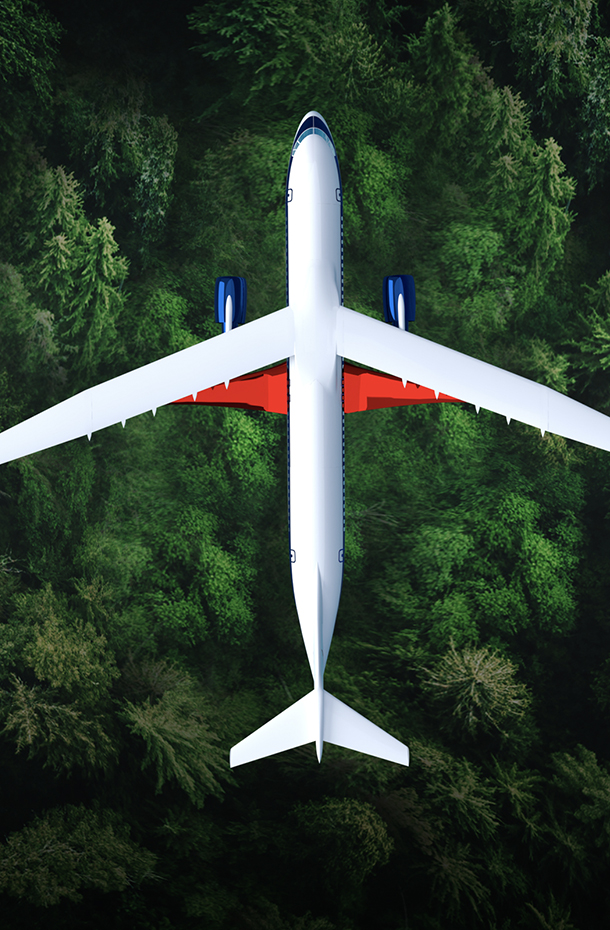One hundred and eighty five discs arranged in an irregular starburst pattern in a remote field in Virginia could some day help make airplanes quieter.
The discs are microphones that formed a 77-foot wide acoustics array placed on the end of an unmanned aircraft system (UAS) runway at Fort A.P. Hill near Bowling Green, Virginia. The microphones were strung together by more than 13 miles of cable, all to record the sounds of remotely piloted aircraft flying overhead.
“Our primary purpose was to check out the deployable microphone phased array system for an upcoming test to measure full-scale aircraft noise,” said Mehdi Khorrami, principal investigator based at NASA’s Langley Research Center in Hampton, Virginia. “That test is scheduled for later this year at NASA’s Armstrong Flight Research Center in California.”
The work is part of NASA’s Aeronautics Research Mission Directorate’s ongoing research to reduce airplane noise and make the skies more environmentally friendly, especially around airports.
To assess the performance of the array in real world outdoor conditions, researchers used a variety of small, unmanned aircraft — from vertical take off and landing, six rotor hexacopters to remotely piloted jets.
They flew more than 200 passes over the microphone array over the course of seven days. Technicians had embedded the microphones into plastic discs made through rapid prototyping at NASA Langley.
“We wanted to make sure the microphones could withstand extreme weather conditions,” said Khorrami. “They worked beautifully. Only a few needed to be replaced by back-up units, despite being subjected to extremes of temperature and humidity. We will use what we learned to improved the array’s performance for the Armstrong tests.”
One unique part of the check-out was how researchers calibrated the array. They used a hexacopter equipped with a suspended battery powered public address system and MP3 player. The speaker on the UAS broadcast tones and white noise at a number of altitudes between 50 and 400 feet. That way researchers could compare recorded microphone output levels on a daily basis to track how the array was performing.
“As far as we can tell this was the first time anyone has ever used a hovering aerial vehicle to calibrate an array of outdoor microphones,” added Khorrami.
After Khorrami and his team finished their test of the big array system, other NASA engineers were able to take advantage of the unmanned aircraft flying at Fort A.P. Hill. They are working to better understand the noise created by UAS vehicles — something many neighborhoods may face with the onset of drone package delivery services.
They collected data characterizing the acoustics of a hexacopter carrying a small payload at various hover and flyover altitudes as well as a small internal combustion- powered remotely piloted plane, both of which flew over a linear array of four microphones.
Researchers will use that data to improve computer noise models of small vertical lift aircraft — an area of research that may be especially critical as UAS use becomes more common.
Kathy Barnstorff
NASA Langley Research Center



































